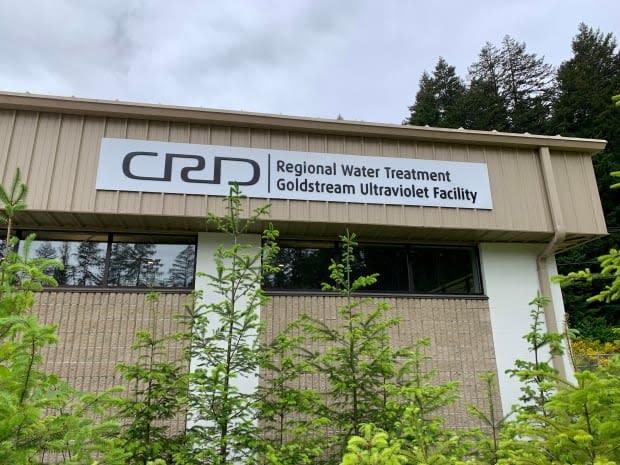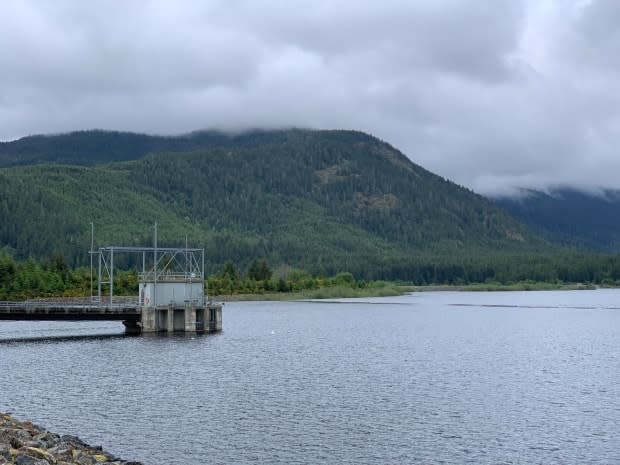A $1 billion filtration plant is at the centre of a new plan for Victoria's water supply

A new 30-year plan for the Greater Victoria water supply proposes nearly $2 billion in infrastructure spending, including $1 billion for the region's first-ever water filtration plant.
The Capital Regional District's (CRD) water experts say a growing population and the impacts of climate change mean they need to access more water, and do more to clean it, before sending it into households.
Ted Robbins, the head of integrated water services for the regional district, said while the expense may seem large, these projects are "absolutely necessary for this region, in terms of providing a safe and reliable water supply."
According to Robbins, the cost of the 21 infrastructure projects will be covered by water rates, and potentially grants from other levels of government and funding pools.

Right now, all of the region's water comes from the Sooke Lake Reservoir, which is so clean that water doesn't need to be filtered. It is disinfected with UV light, chlorine and ammonia before entering the pipes that carry it around the region.
But according to CRD staff, changing precipitation patterns and the greater risk of wildfire may lead to more runoff into the reservoir, which will then need to be filtered out before the treatment phase.
The proposed water filtration plant, with an estimated completion date of 2037, is meant to address that. It would also account for changes in water quality that could come when more water sources are introduced to the system.
Estimates in population growth show that by 2045, the current reservoir intake won't provide enough water to supply the region. CRD staff are already preparing to draw water from the neighbouring Leech River catchment area.

The regional district's master water plan includes $135 million to access the deep end of the Sooke Lake Reservoir, and $42 million to divert water from Leech River.
Other projects include a number of transmission lines and water tanks for use in emergencies.
Langford Coun. Lillian Szpak represents one of the 12 municipalities that receive water from the CRD system and is chair of the region's water supply commission.
She said each project will go through a community engagement process before construction begins, but the plans won't be scaled back to shrink costs.
She argues the region has some of the cleanest drinking water in the world and needs to work to keep it that way.
"What it really comes down to is, when you turn on the tap and you are completely confident that the water that you're going to put in your glass and give to your children, and drink yourself, is clean," Szpak said.
The region's more than 400,000 residents have until July 6 to comment on the plan. Public response will be used as a guide for the region's water commission as it puts the plan into action.
After assessing public feedback this summer, the water supply commission is expected to officially endorse the plan and direct staff to start working on the infrastructure plans.


